In real life, our description of an object usually involves its material, shape, texture and other features. In the world of 3D printing, we also need to deal with these characteristics.
PolyJet is one of the most powerful technology to realize full-color 3D printing. It allows abundant textures, a gradient of colors, and even freely adjustments on transparency. In this article, Facfox intends to tell you some crucial tips during design and modeling for full-color 3D printing.
The 3D model should have a minimum thickness.
Our suggestion for the minimum thickness for PolyJet full-color printed model is 1mm. The minimum thickness does not only guarantees the strength of the model structure, but also allows the color of the model surface to be reflected.
Take the following beautiful renders of flowers as examples.
If we zoom in the STL files of these flowers, you will find the thickness of the petals and leaves are not set. Thus this model cannot be processed by any 3D printer.
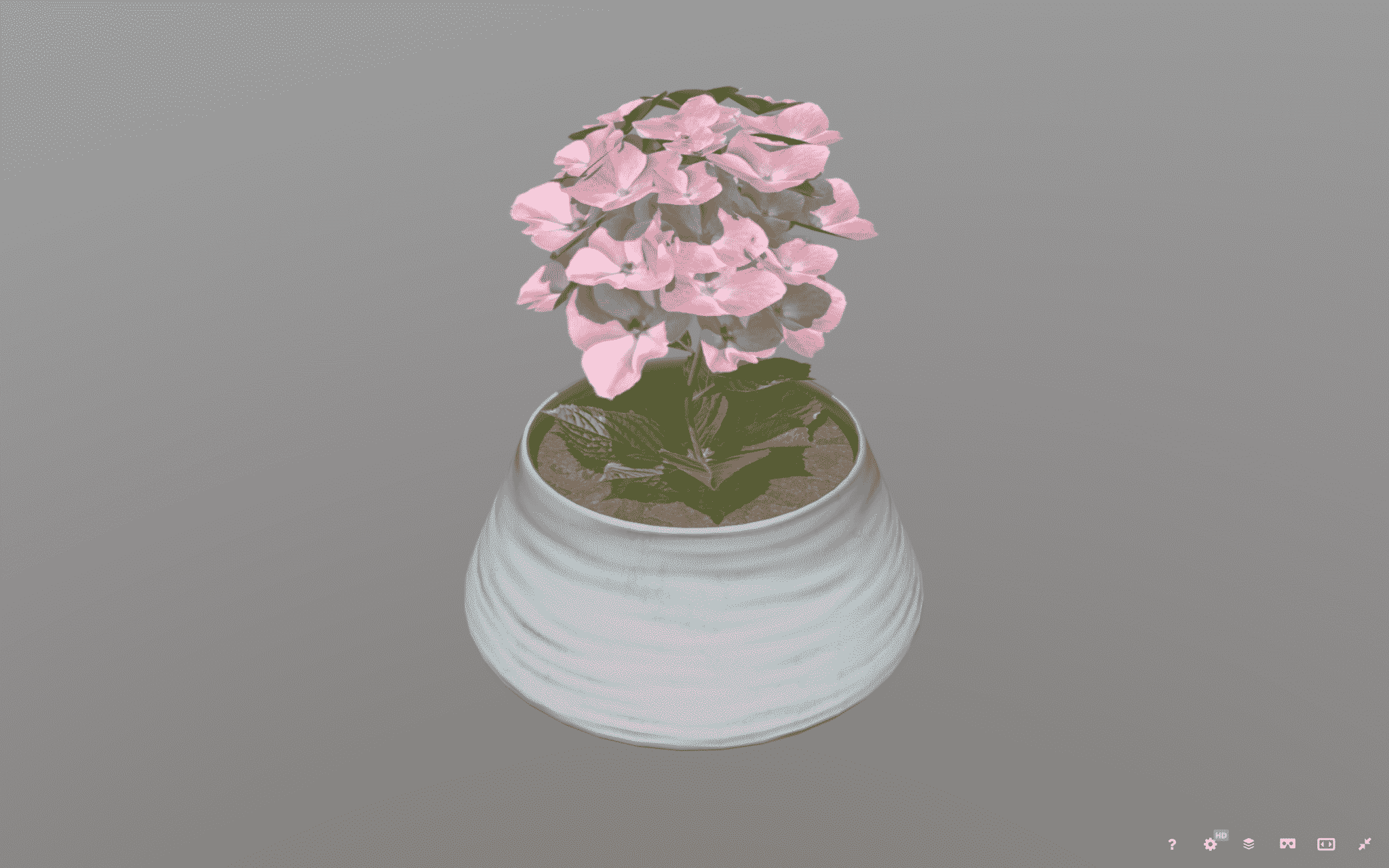
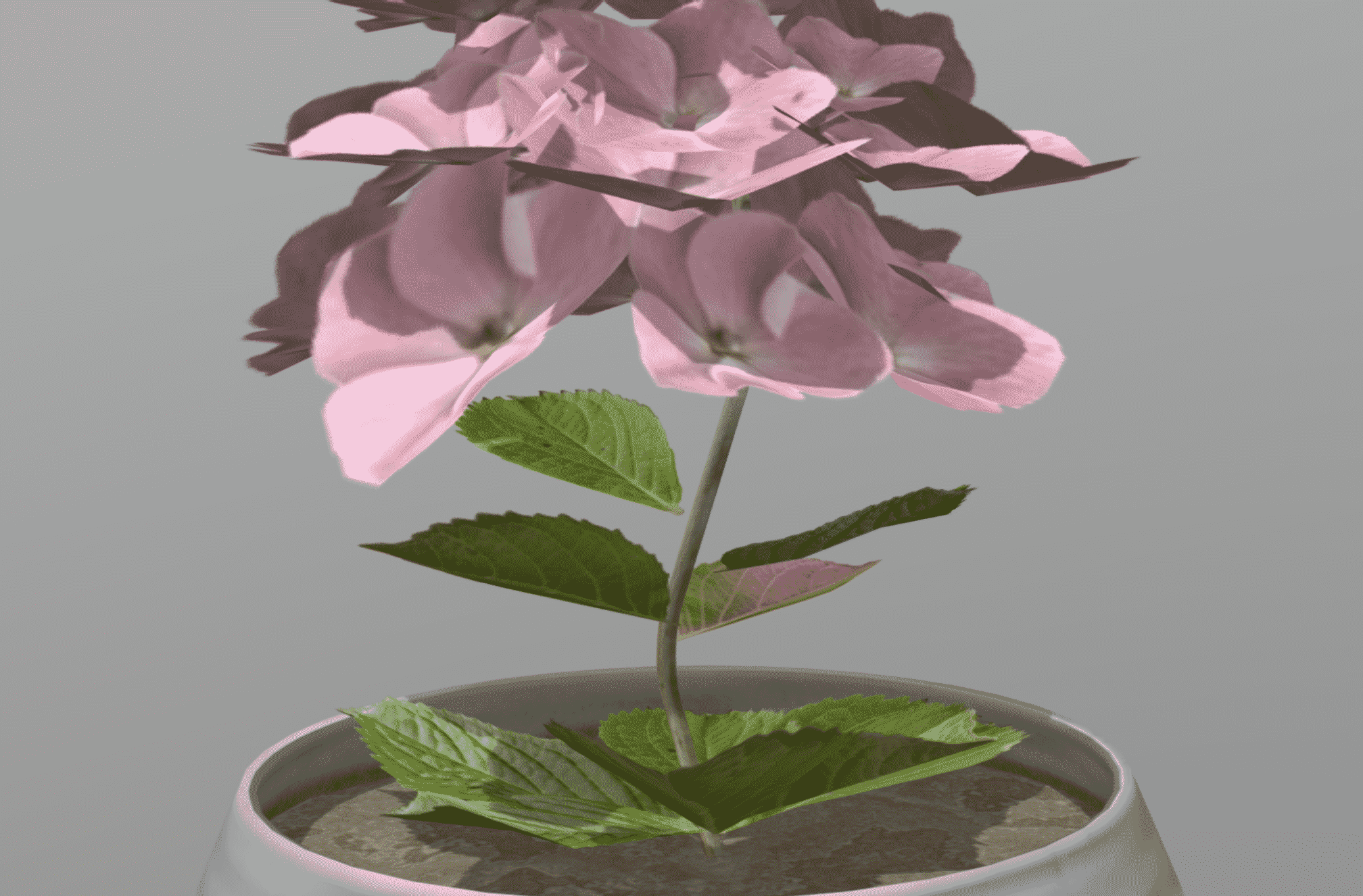
The petals of the second flower are very thin, but they have a thickness to ensure its printability. If you choose a compatible material, it can be unbreakable in normal conditions.
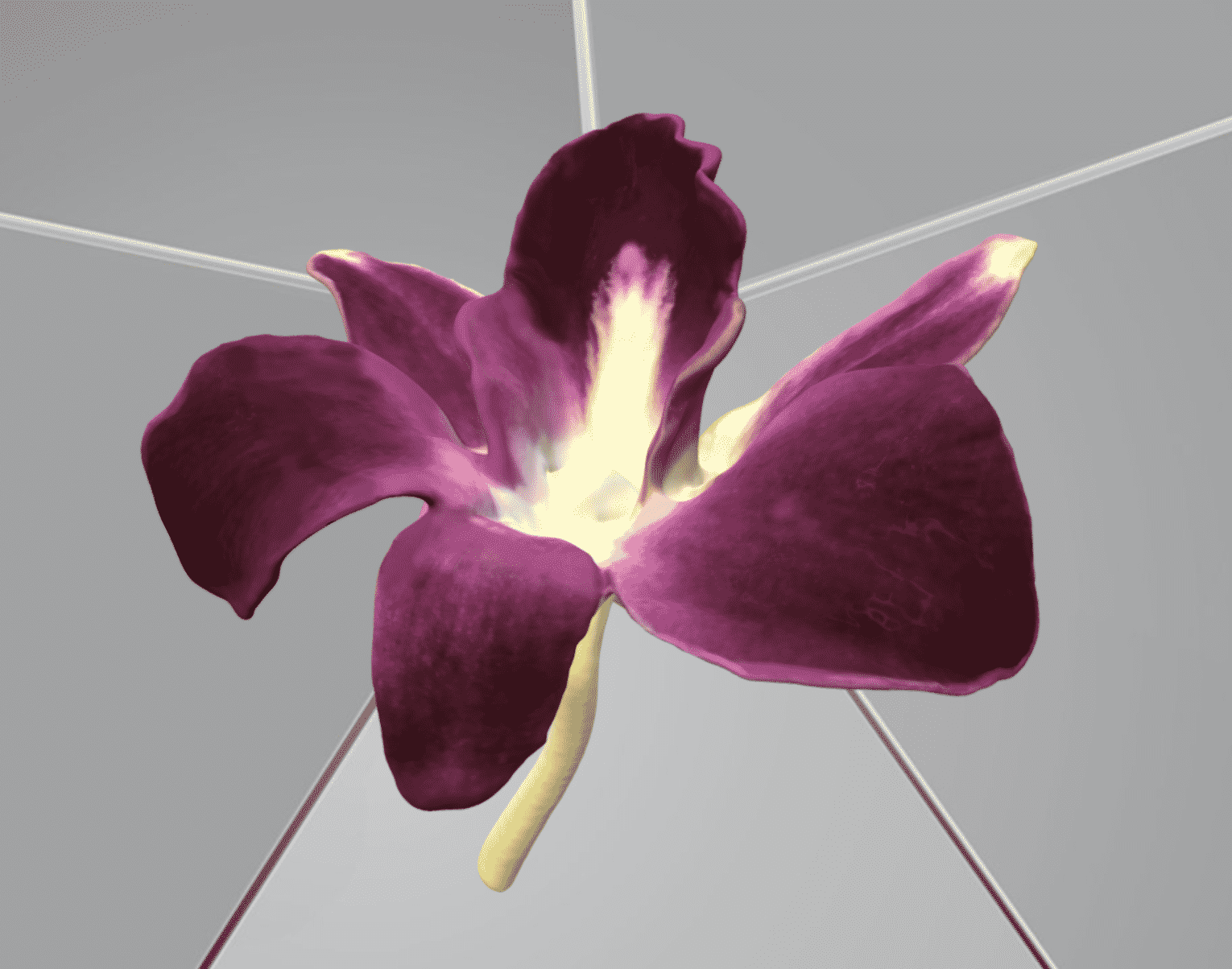

Each part of a complex model should have a watertight shell.
The juice box model is consisting of a cap and a body, both of which should have a watertight shell. An un-manifold mesh will also cause the error.

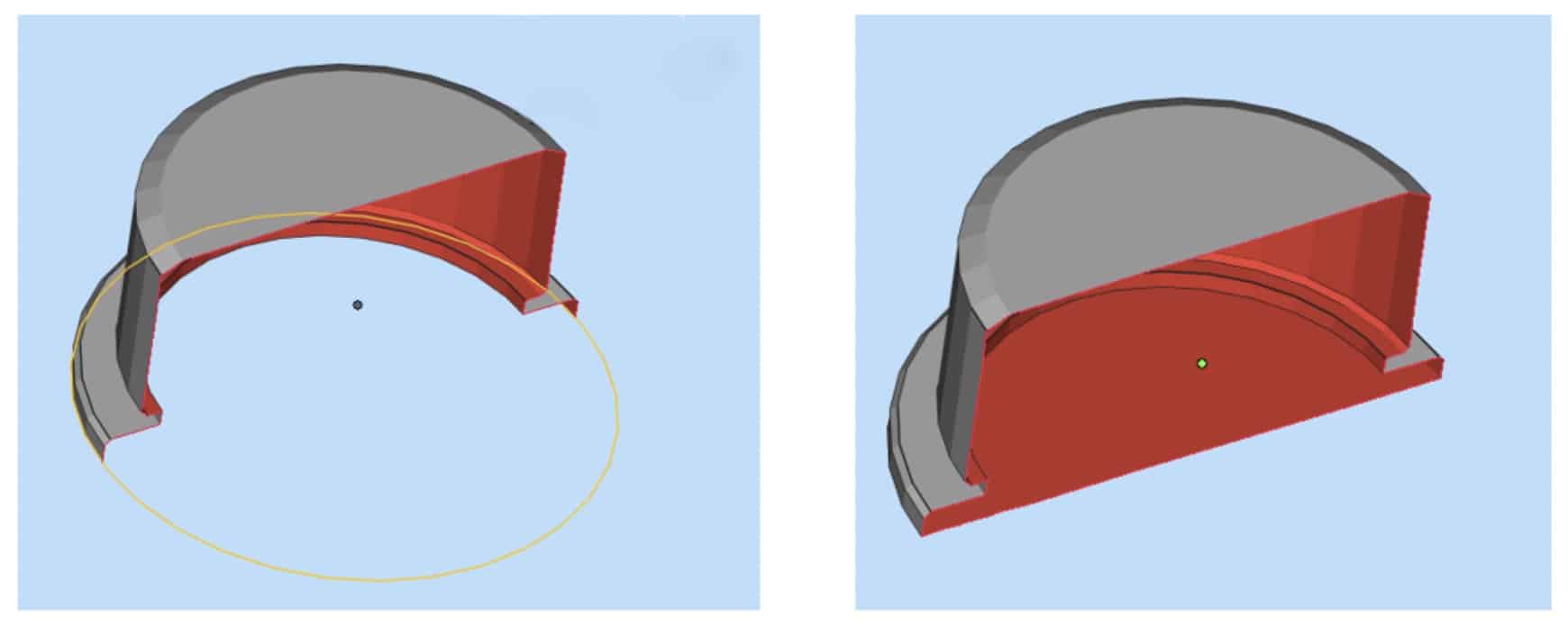
Non-manifold edges should be avoided.
The cap and the box are designed separately and then connected as a whole. During this process, the bottom of the cap and the upper surface of the box will connect to the same edges, which may lead to errors in slicing.
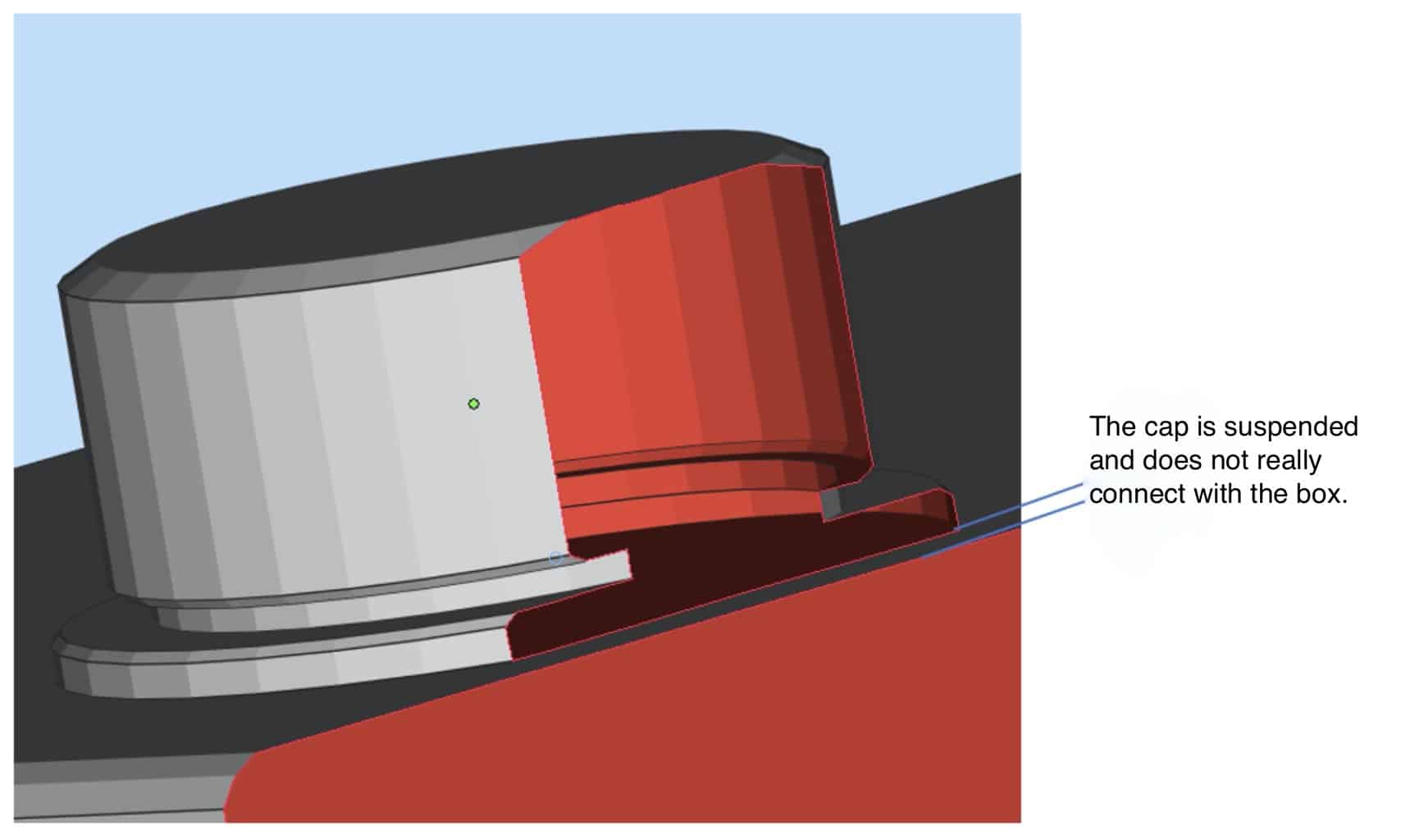
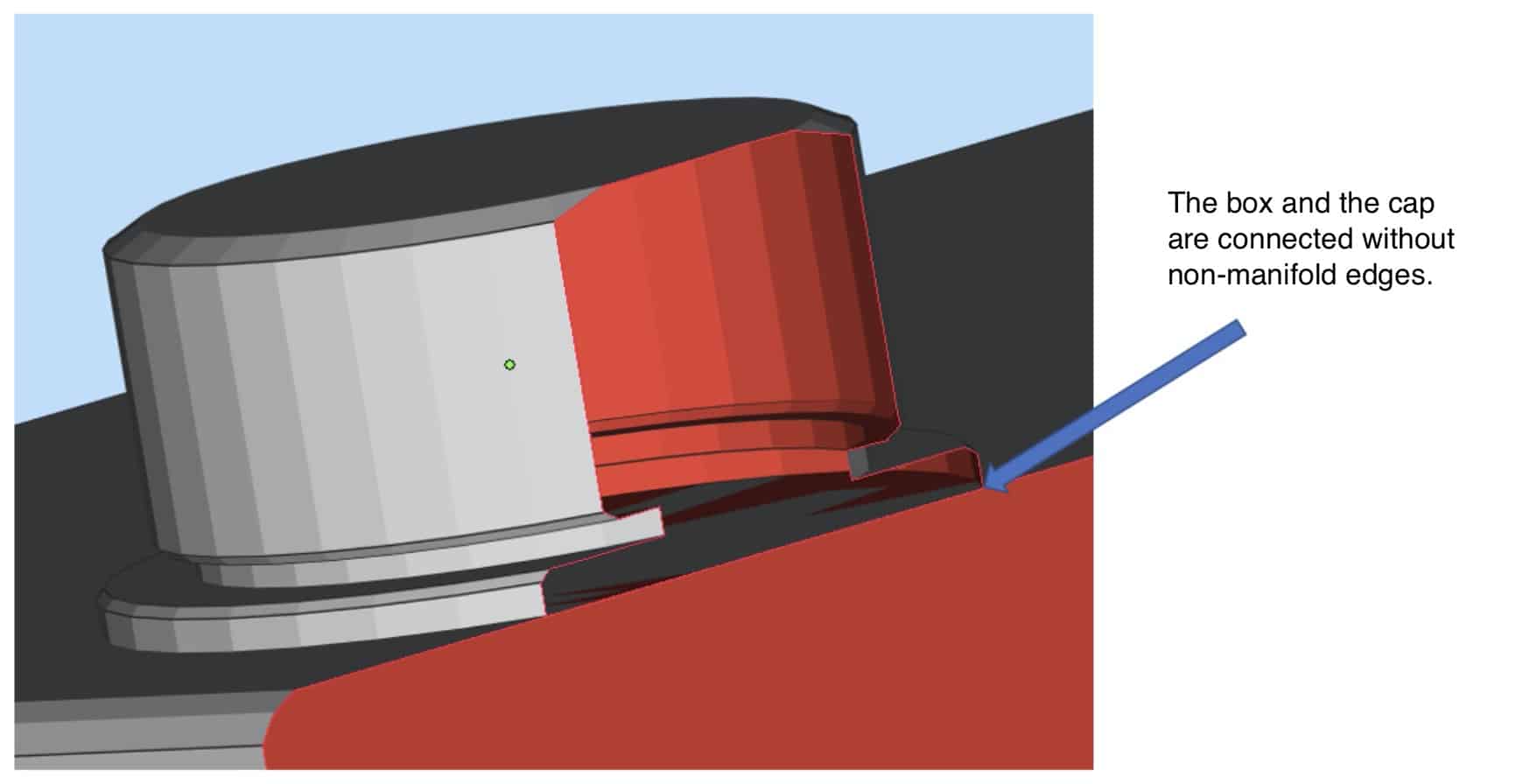
Export the model in VRML 2.0 or OBJ
VRML and OBJ are the only two formats that are applicable in PolyJet multi-color 3D printing.
VRML (Virtual Reality Modeling Language) is a standard file format for representing 3D interactive vector graphics supported by many of today’s 3D modeling applications.
Similar to the VRML format, an OBJ file saves the geometries approximation in the form of tessellations (just like an STL file).
- If your model is vertex painted, you can just provide with VRML or OBJ file.
- But if you choose texture mapping, you need to submit a pack of OBJ + MTL + PNG, or VRML +PNG.
The OBJ file format lets you store color and texture information in a companion file format, Material Template Library (MTL). This partner file has the extension *.MTL. As for PNG, it’s the most recommended format of textures.